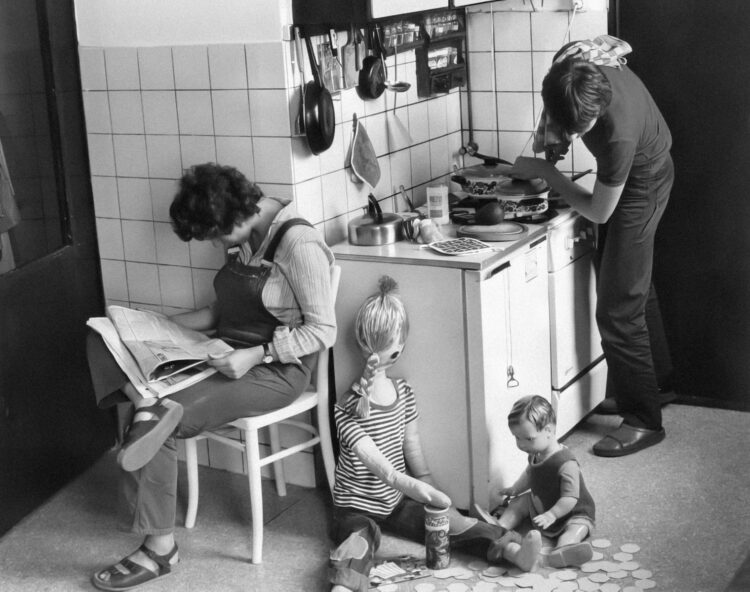
The era of landline phones—roughly spanning the 1970s, 80s, and early 90s—featured a style of parenting that looks radically different from how parents raise children today. The lack of constant connectivity, lower safety awareness, and other cultural norms meant that many things parents did back then would be judged or simply impossible now. It’s fascinating to look back at how much the job of parenting has shifted in just a few decades.
Kids Roaming the Neighborhood Alone
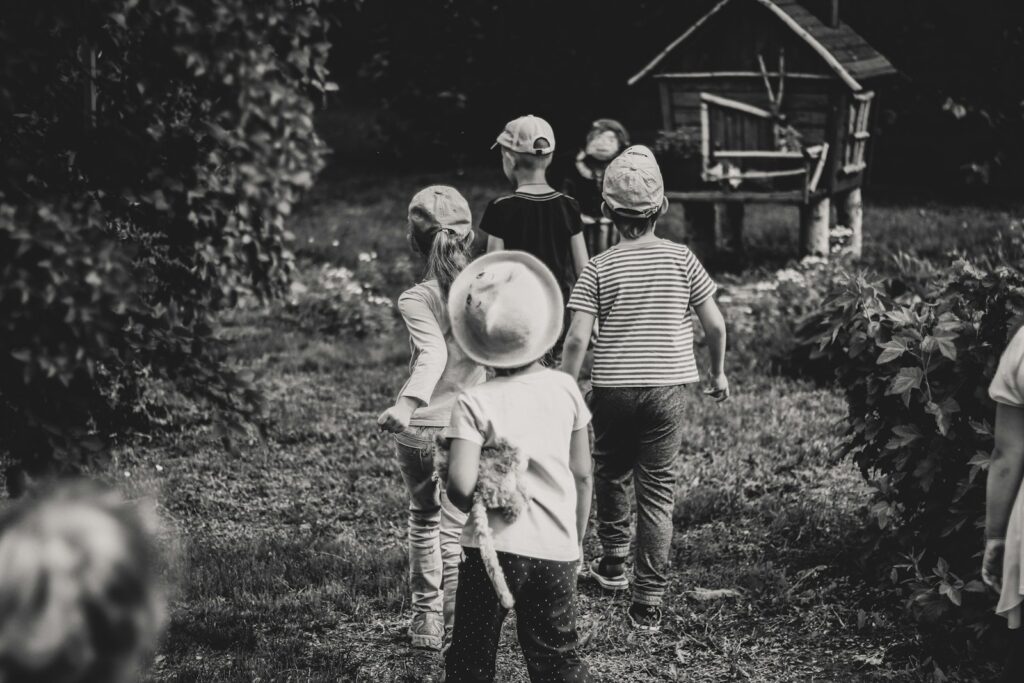
Children were expected to be outside and busy all day, and parents rarely knew exactly where they were. You’d leave the house after breakfast and wouldn’t be seen again until the streetlights came on. There was no way to check in or call. Parents didn’t worry the same way; it was normal for a seven-year-old to walk to the local store by themselves or ride bikes miles away with friends. This kind of unsupervised freedom is rare today.
No Car Seats for Babies

It was completely normal to see parents driving with their baby simply held on their lap in the front seat. Toddlers would often stand on the bench seat right between the two front seats while the car was moving. There were no mandatory car seats or booster seats, and if a parent had one, it was just an accessory, not a legal necessity. Safety during a crash just wasn’t the focus it is now.
Water from the Garden Hose Was Fine
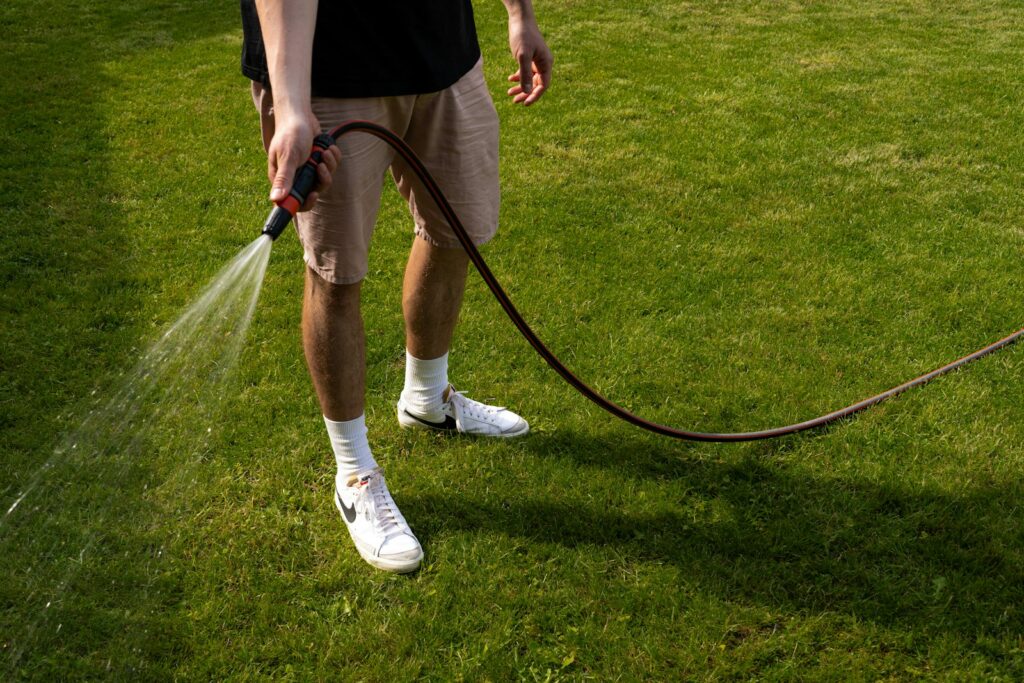
When kids were thirsty from playing outside on a hot day, the solution was quick and simple: find the nearest garden hose. Kids would drink the water directly from the spout, even though it often tasted strongly of rubber and sun-heated metal. Nobody worried about what was in the water, the cleanliness of the hose, or chemical leaching. It was the fastest, easiest way to hydrate without going inside.
Only Three TV Channels
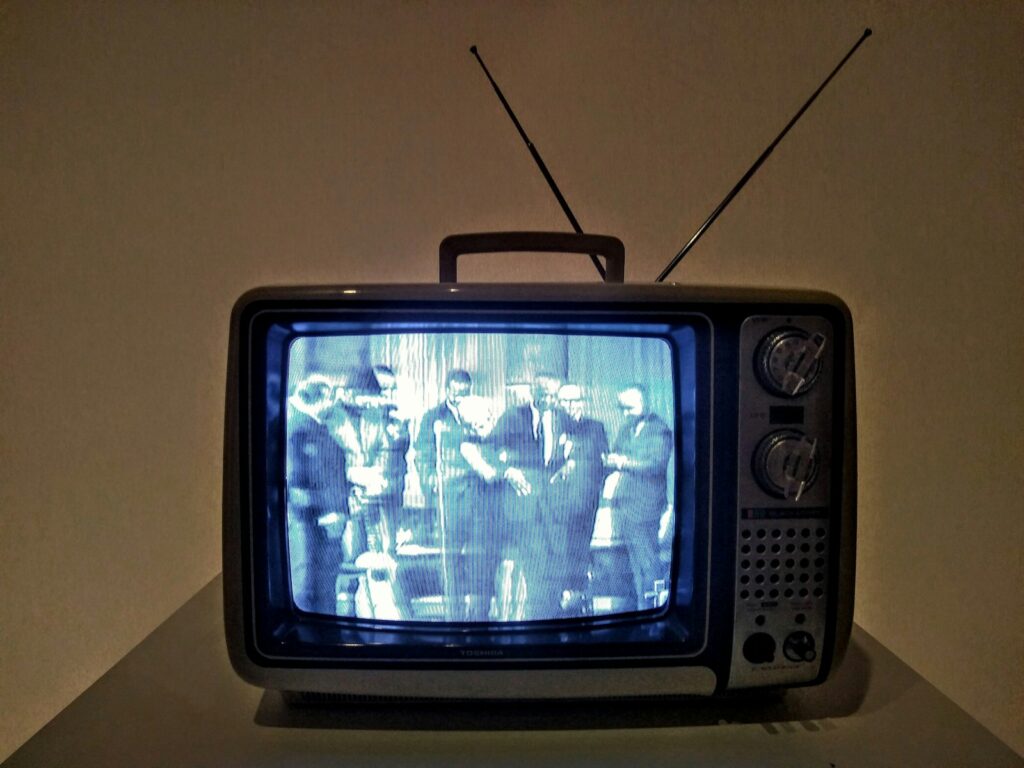
Entertainment options were extremely limited. Most homes only received ABC, NBC, CBS, and maybe PBS, depending on location. If none of those three or four channels had anything good on, then you simply had to find something else to do. There was no channel surfing, no streaming, and no video on demand. Families gathered to watch the few popular shows because everyone was watching the same thing at the same time.
Parents Smoked Freely Indoors

It was completely common for parents and guests to smoke cigarettes anywhere inside the home, including in the kitchen, living room, and even the car, while kids were present. Ashtrays were always present on tables and counters. The smell of stale smoke was simply the background scent of many houses. Nobody thought twice about the impact of the smoke on children’s health the way we do now.
Getting Phone Calls Only on the Landline

If someone wanted to reach you, they had to call the single landline phone for the entire house. Kids had no privacy for calls, as everyone else could easily pick up an extension to listen in. If you were out, there was no way to contact you. Waiting for a call meant literally sitting by the phone, and getting the phone line tied up was a common source of family arguments.
Riding Bikes Without Helmets
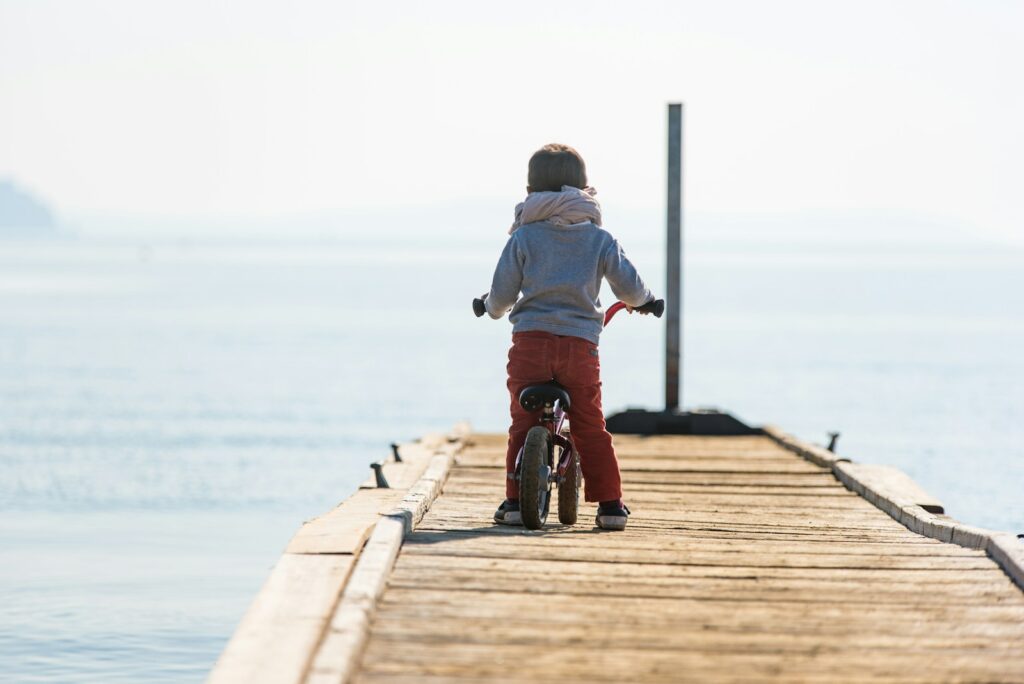
The concept of wearing a protective helmet for everyday activities like bike riding, roller-skating, or skateboarding was virtually nonexistent. Parents did not buy them, and kids certainly didn’t feel the need to wear them. Children rode their bikes all day, sometimes doing jumps or tricks, with only scraped knees and elbows to show for their falls. Head injuries were not a discussed safety risk.
Spanking Was a Normal Correction Tool

Physical discipline was openly accepted and common, often referred to simply as “spanking” or “a paddling.” Teachers were even allowed to use corporal punishment in some school districts. Parents didn’t hide it, and it was considered a necessary and normal way to teach children right from wrong. This practice is now illegal in many schools and widely criticized by modern parenting experts.
No Play Dates, Just Show Ups
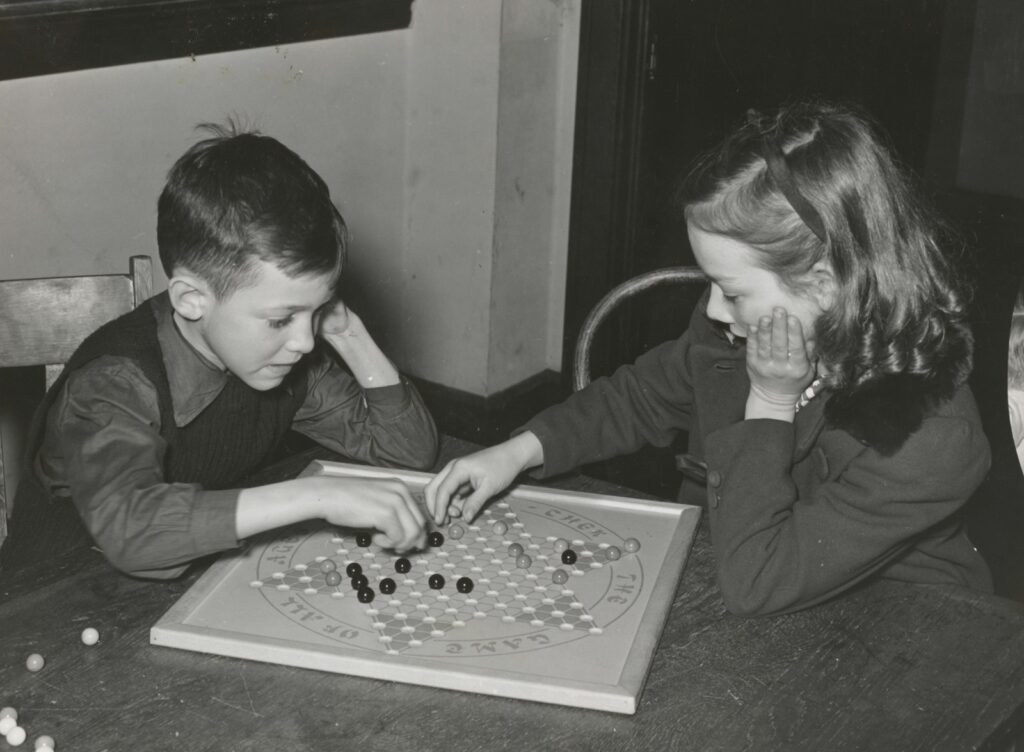
Parents did not feel the need to plan or schedule formal “play dates” for their children. Socializing was a spur-of-the-moment thing, driven entirely by the kids themselves. A child would just walk over to a friend’s house, knock on the door, and play with their friend. There was no talk of coordinating times, drop-offs, or pick-ups days ahead. Kids just found their friends, and their play was completely unplanned and free.
Home Computers Were for Parents, Not Kids

If a family was lucky enough to own a home computer (like a Commodore 64 or an Apple IIe), it was usually relegated to the parents’ office or the kitchen desk. Children might use it to play simple games like Pac-Man or The Oregon Trail, but the idea of a child having their own personal computer or tablet was unheard of. Access was limited and heavily monitored.
Kids Made Their Own Lunches (or Ate Whatever)

Parents didn’t spend time preparing detailed, nutritionally balanced lunchboxes for school. Often, kids were expected to make their own lunch, which usually involved slapping some meat and cheese onto white bread or simply grabbing a bag of chips and a cookie. The focus was on ease and filling the stomach, not on organic vegetables or complex protein sources.
Sunscreen Was Barely Used

The goal of summer was to get as tanned as possible. Parents often used baby oil or low-SPF lotions, and it wasn’t uncommon for people to go outside all day with no sun protection at all. Skin cancer awareness was very low. The idea of reapplying high-SPF, broad-spectrum sunscreen every two hours for a child was not on any parent’s radar.
No Strict Bedtimes on Weekends

Children had a lot more freedom with their sleep schedules. It was very common for parents to allow kids to stay up much later on Friday and Saturday nights, watching movies or playing games, without worrying about rigid sleep hygiene. The pressure to maintain a perfect, consistent sleep schedule seven days a week was much less intense for parents back then.
“Latchkey Kids” Were Normal
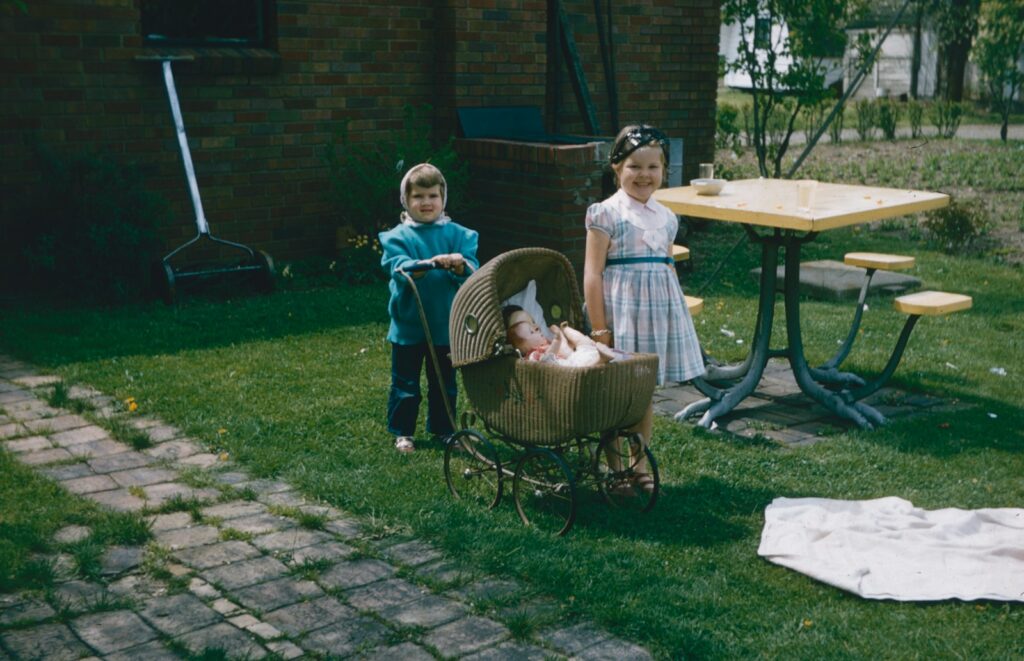
It was very common for school-aged children to be left alone at home after school until their parents finished work. These “latchkey kids” carried their house key on a chain around their neck. They were expected to entertain themselves, maybe do homework, and certainly not bother their working parents. The idea of leaving a child unattended for hours was seen as normal independence.
The Word “Allergies” Was Rarely Discussed

Food allergies (especially severe ones like peanut allergies) were rarely talked about or understood. Parents didn’t have to navigate a world of nut-free classrooms, ingredient labels, or EpiPens. Packed lunches weren’t screened for allergens, and the whole culture around food safety for sensitive children was decades away from its current level of awareness.

